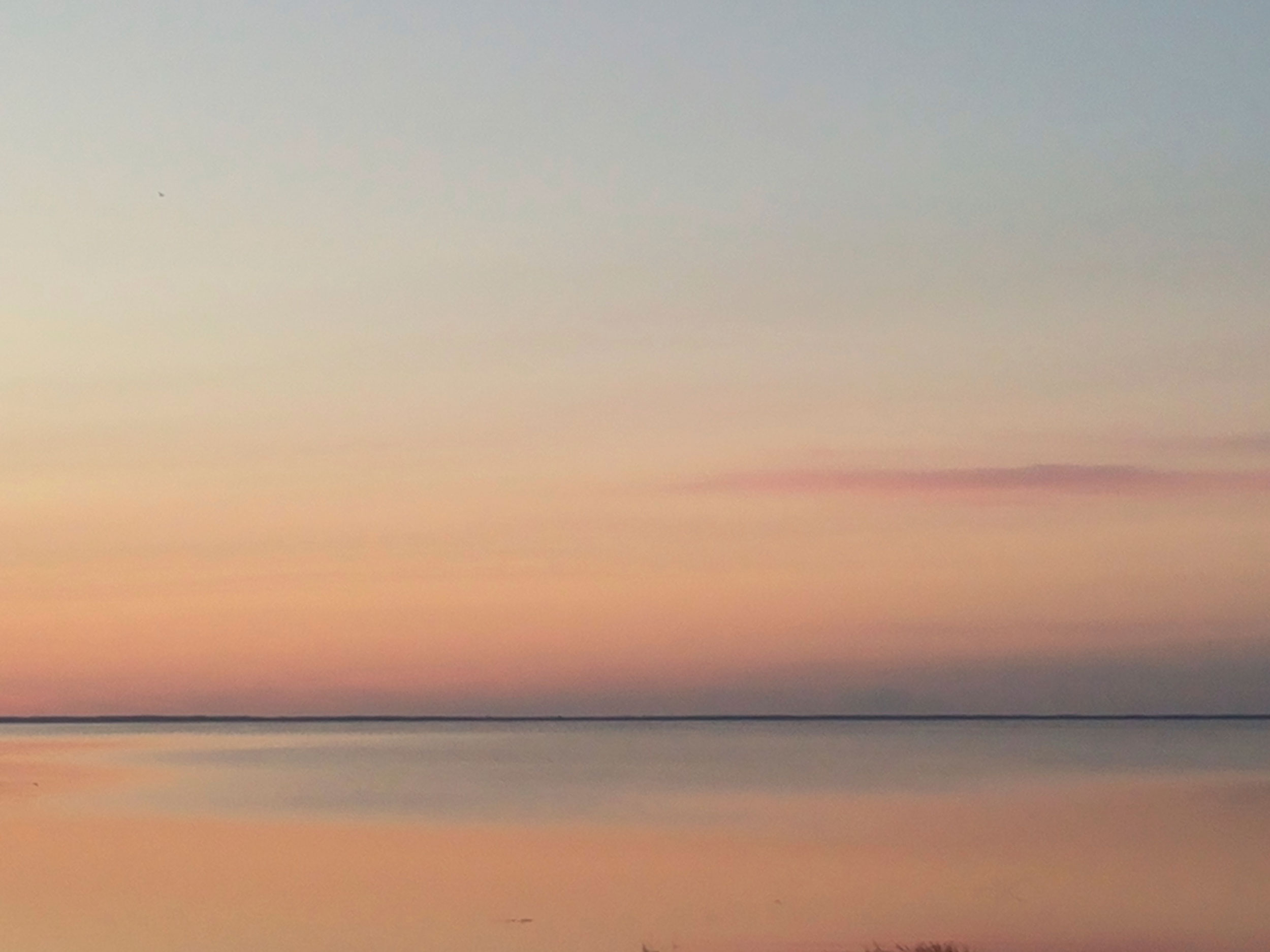Mõlemad siinsed kiigelaulud esindavad müütilisi laule. Esimeses on juttu ilmasambast, mis hoiab üleval taevakaart ja müütilisi kuduja-neide. Loomislaulus saavad siinsamas meie rannas merevahust tõusnud linnu poegadest päike, kuu ja kivid. Müüt linnu muna(de)st loodud maailmast on kindlasti vanem kui regilaul. Me ei tea, kas see oli siin maal tuntud juba enne soomeugri keelte saabumist (mis geneetikute, keeleteadlaste ja arheoloogide uuemate uurimuste kohaselt juhtus umbes 2500 aastat tagasi) või on soomeugri hõimud selle ida poolt kaasa toonud. Ei ole ka päris võimatu mõelda, et see loomismüüt on regilaulu tekkimisest hilisem kultuurilaen.

Keeleteadlase Mikko Korhoneni arvates ei saanud regilaulu värsimõõt tekkida enne kui läänemeresoome algkeeles. Siis muutusid silbid olulisteks keelerütmi üksusteks ja sai kujuneda silpide loendamisel põhinev värsisüsteem. Soome folklorist Frog on hiljuti esitanud teooria, et regilaul tekkis läänemeresoome varasema värsikultuuri kokkupuutel germaani rahvaste alliteratiivse luulega. Soomeugriliku geenikomponendiga inimeste siia saabudes ootasid neid Põhja- ja Lääne-Eestis ees hõimud, kes olid jõudnud siia juba mõned sajandid varem Skandinaaviast ja kõnelesid arvatavasti varast paleogermaani keelt (germaani algupäraga on läänemeresoome keeltes hulk põllundus- ja merendussõnavara). Arheoloog Valter Langi teooria järgi oli just nende kultuuride segunemisel Põhja-Eestis tekkinud rikas ja elujõuline kultuur aluseks hilisläänemeresoome keele välja kujunemisele ja hilisemale levikule juba eri keelteks ja rahvasteks. Regilaul võis tõepoolest tekkida selle keele- ja kultuurikontakti tulemusel Põhja-Eesti piirkonnas ja levida koos rahvastikuga edasi kaugematele läänemeresoome aladele.
Both of the swinging songs we have chosen represent mythical songs. The first describes the world pillar which upholds the arch of the sky, as well as mythical knitting maidens. In the creation song, a bird arisen here on our own beach from sea foam hatches chicks that turn into the sun, the moon and the stones. The mythos of a world egg hatched by a bird is certainly older than runosong. We do not know whether it was known here already before the arrival of the Finno-Ugric languages (which, according to the newest research by geneticists, linguists and archeologists happened circa 2500 years ago), or whether it was brought along from the East together with the Finnic language. It is also not entirely impossible that this creation myth could be a cultural loan learned later than the origin of runosong.
According to linguist Mikko Korhonen, the metre of runosong could not have emerged earlier than in the Finnic proto-language. It was then that syllables became an important unit of language rhythm and a verse system based on counting syllables could develop. Finnish folklorist Frog has lately presented a theory that runosong emerged as a result of the contact of the earlier Finnic verse culture and the alliterative poetry of Germanic peoples. People with the Finno-Ugric gene component were met on arrival in Northern and Western Estonia by tribes who had arrived here some centuries earlier from Scandinavia and probably spoke an early Paleo-Germanic language (much of the agricultural and nautical vocabulary in Finnic languages is of Germanic origin). According to archeologist Valter Lang’s theory, the rich and viable culture that emerged on the blending of these cultures in Northern Estonia gave rise to the Late Proto-Finnic which from this pool spread further and diverged into the separate Finnic languages. The emergence of runosong could indeed have occurred as a result of this linguistic and cultural contact in Northern Estonia, from where it spread along with the population to further Finnic areas.